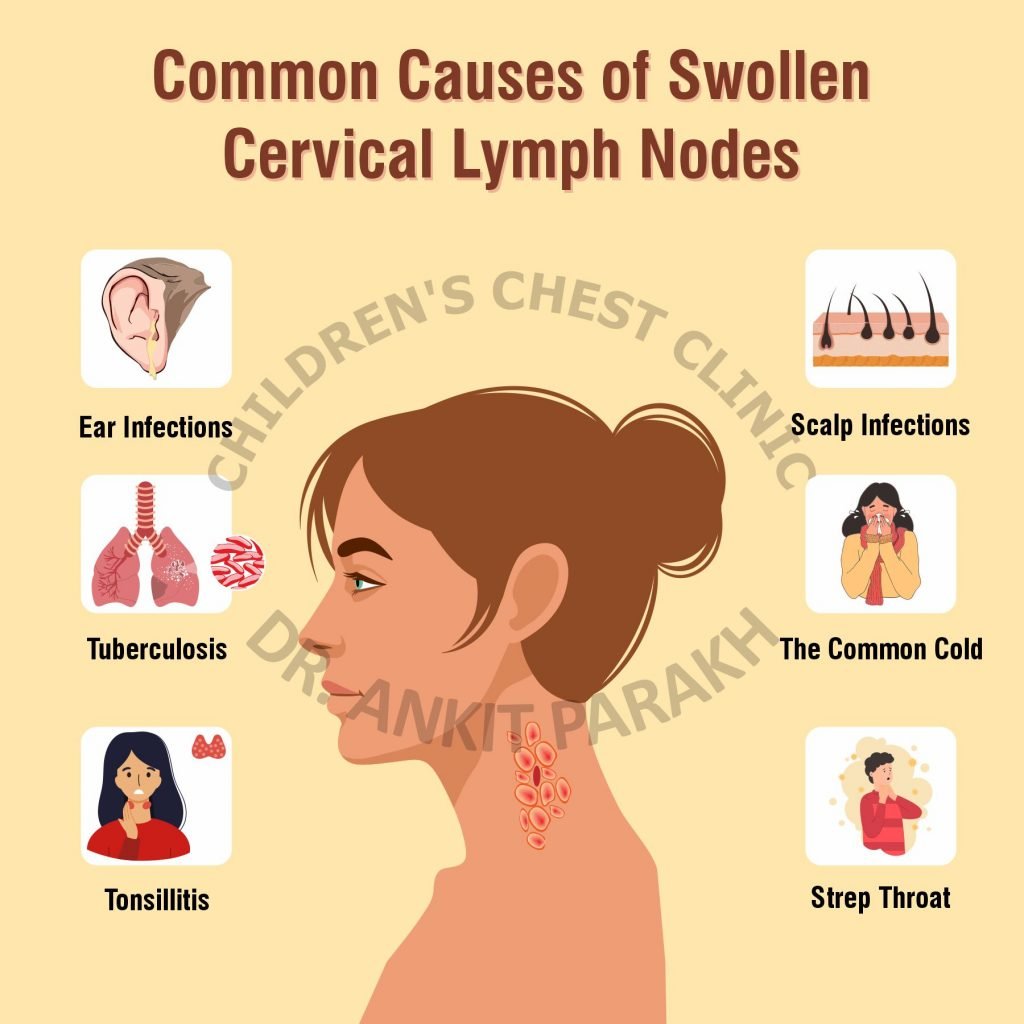
In the early stages of lymphoma, only a few genetic changes are required to develop the disease. These DNA changes include human T-cell leukemia/lymphoma virus (HT-L) and Heliobacter pylori. Additionally, exposure to nuclear radiation and chemical agents increases the risk for developing NHL. Some risk factors for lymphoma are related to body size and age. Men are more likely to develop the disease than women.
Several studies have examined the possible causes of lymphoma. Some suggest a relationship, but others suggest that the two conditions are unrelated. Most types of lymphoma are rare, so it is difficult to make a clear connection. However, chemotherapy drugs and radiation therapy used for other types of cancer can increase your risk for developing lymphoma. It is important to note that most people who receive treatments for other types of cancer do not develop lymphoma.
Certain factors can increase the risk of lymphoma, such as having a family history. Some people can also get the disease through a family member or from an infection. A person may have lymphoma due to a higher socioeconomic status. In addition, HIV infection or EBV can increase the risk of developing lymphoma. The disease can also develop from an infection. If you are diagnosed with lymphoma, your doctor will perform a biopsy. The biopsy will involve removing a sample of cells from an enlarged node. This sample will be examined by a hematopathologist to determine whether there is a cancerous cell.
The first step in the diagnosis of lymphoma is finding a reliable genetic diagnosis. A physical exam, blood tests, chest x-ray, and a biopsy are the standard tests that will confirm the diagnosis. After this, a lymphoma patient will need to decide on the type of treatment to pursue. The most common treatments are chemotherapy and radiation therapy, while targeted therapies and biologic therapy use substances to combat the cancer cells.
The risk of developing lymphoma is higher in individuals who have a family history of the disease. Other risk factors include an infection with the EBV virus, a higher socioeconomic status, HIV, and HIV-related mononucleosis. A biopsy will be required to confirm the diagnosis. A doctor will take a sample of the affected lymph node and examine it for signs of lymphoma.

Some risk factors for lymphoma include a family history of the disease, EBV infection, and HIV. In addition, lymphoma is associated with an increased risk of cancer and higher socioeconomic status. Although most patients with lymphoma do not have symptoms of the disease, they may still be concerned about the possibility of dying from the disease. It's important to remember that many people with lymphoma may feel depressed, angry, and angry. The site https://www.scib.co.th/ says that discussing the diagnosis with a family member or friend will help them cope with any anxiety or fears they may have.
Family history is associated with the development of the disease. Other factors may have contributed to the occurrence of lymphoma in both sexes. Among them, Helicobacter pylori, which causes stomach ulcers and psittacosis, is associated with MALT lymphoma. Additionally, Campylobacter jejuni, which is known to cause digestive system infections, has been associated with lymphoma in some cases.
Some people may have lymphoma even though there are no obvious signs of the disease. Some may not have been exposed to the Epstein-Barr virus, which causes lymphoma in some people. Other people may be born with the condition, but it is not necessarily fatal. In the meantime, the disease will continue to grow and may require treatment. Once the disease has spread, it is best to seek early diagnosis and treatment to prevent further damage.
In addition to a family history of the disease, the disease can develop for a number of reasons. They may have had EBV infection, had higher social status, or been exposed to an HIV-related virus. They could also be suffering from chronic infections, including mononucleosis. Lymphoma symptoms are often chronic and can prevent the patient from living a normal life.
